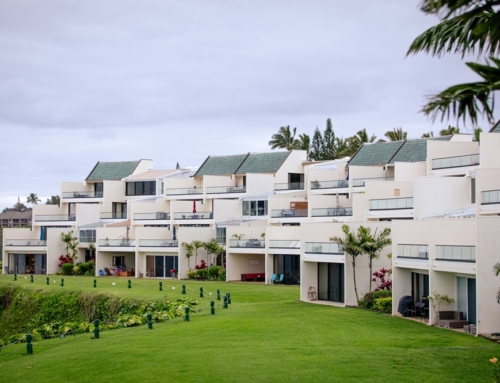Ups and downs continue to dominate the housing market. According to recent data from the United States Census Bureau, the average sales price of new single-family homes sold in 2011 was $267,900—a significant decrease from average prices of $272,900 in 2010, $270,900 in 2009, and $292,600 in 2008. Yet even though many people are pinching pennies and looking for more ways to save, the economic downturn has not stopped prospective homebuyers from wanting a larger home equipped with many storage areas and name-brand appliances.
On the Census Bureau’s recently released 2011 Characteristics of New Housing webpage, the nationwide data for new, privately owned residential structures shows that while home prices have gone down, what has gone up in recent years is a home’s average floor area.
“In 2011, the average floor area of homes completed increased 3.7 percent from the previous year,” said Stephen Melman, director of economic services at the National Association of Home Builders.
Census data for 2010 showed the average floor area of a home completed was 2,392 square feet, and last year it was 2,480 square feet. The rise in floor area measurements is not a significant bump, but it is a notable one. Melman said he was surprised to see the increase, remarking that he would have thought that the economic decline would compel buyers to purchase smaller, lower-priced models.
Homebuyers getting organized
Census results also show that buyers are looking for more storage space and for increased opportunities for organization.
“The feature that people most want is a walk-in closet in the master bedroom,” Melman said. “That’s important in family organization.”
Melman added that many dual-income couples want to get dressed and out of the house quickly, so having a walk-in closet would help them live more efficiently.
In addition, Melman said, “Linen closets always rate in the top 10. [They hide] clutter and help organize the household.”
A well thought-out laundry room with good lighting, ventilation, and appliances also is a top characteristic for new housing, noted Melman. Disorganized laundry rooms never bode well for a family’s orderliness.
Additionally, many buyers are looking for larger pantries to help with entertaining and storage. Plus, according to the Census Bureau, 19 percent of new single-family homes sold had a garage that could hold three or more cars—giving owners more options for storage space as well.
Making investments in quality
Buyers also are looking to invest in top-of-the-line, name-brand appliances. “They are looking for value,” Melman said.
However, quality comes at a cost. Buyers are sacrificing other luxuries, including the addition of specialty rooms or outdoor casual living spaces.
“If this were seven years ago, media rooms and outdoor kitchens would be among this list. They were pretty popular in 2003, 2004, 2005. If you need to cut costs, those are the features that you would drop. Those are some things that people can do without,” Melman said. “They are willing to take a grill or firepit instead.”





